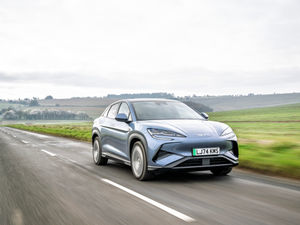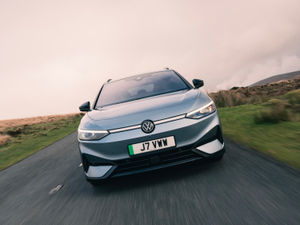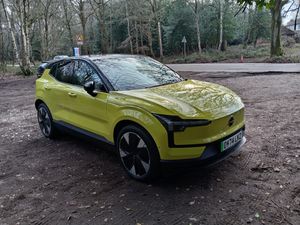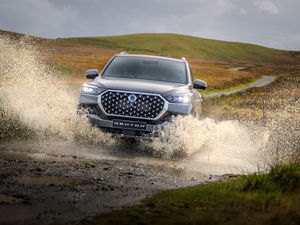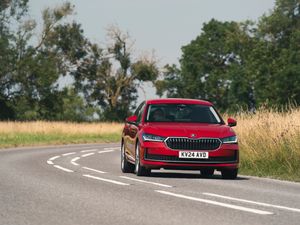High hopes for new city car from Suzuki
Suzuki has had a tough time in the past few years, and when pressed its UK importers tend to hold up their hands and put the blame squarely on global exchange rates.
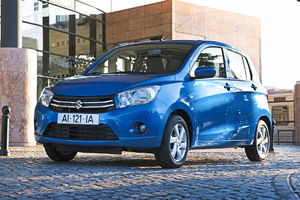
Yes, those same exchange rates that saw Daihatsu pull out of the UK and Subaru discover the relative strength of the yen versus the pound made its cars as expensive as some BMWs and Audis.
We have every sympathy for Suzuki. Subaru were pretty much hosed for a while because all of its manufacturing base was in Japan, so they bore the full brunt of the fiscal fluctuations. Suzuki has boxed a bit cleverer and leveraged its longstanding association with Maruti in India to bring us the Celerio citycar. Can it compete with some very sophisticated rivals in the UK? More to the point, does it actually need to?
The 1.0-litre three-cylinder petrol engine develops a total of 66bhp at 6,000rpm and 89Nm of torque at 3,500rpm, so you're going to need to give the throttle pedal a bit of treatment to get anywhere.
Power goes to the front wheels via a five-speed manual gearbox at first, but we suspect that most UK buyers will want to talk to their dealer about matching the Dualjet engine technology to Suzuki's Auto Gear Shift. This system features an intelligent shift control actuator positioned at the top of the transmission that operates the gearshift and clutch automatically. With AGS, the driver can enjoy the ease driving of an automatic in city traffic, but without any loss in fuel efficiency or increase in CO2 emissions that would normally be the case with a conventional torque converter-equipped automatic transmission.
There's even a low-speed 'creep' facility which allows the car to move in gear without the accelerator being applied, ideal in slow traffic and when parking.
The Celerio probably isn't going to turn too many heads, being a fairly generic-looking citycar in the modern mould. That's not to say its styling lacks merit, just that it's nothing too adventurous. The most notable flourishes are probably the deeply sculpted flanks, with an arcing swage line that runs just below the door handles. The front grille is unusual, with a three-bar design that kinks upwards at each extremity into the big headlight pods.
The body measures just 3,600mm from stem to stern and 1,600mm wide, so parking it shouldn't present too much of a difficulty. A height of 1,530mm and a non-slanting roofline affords respectable headroom for occupants. The 2,425mm long wheelbase provides a tandem distance of 743mm, which gives plenty of space in the cabin for five occupants. The boot is vast for a citycar, with a capacity of 254-litres.
The Celerio is tasked with pensioning off both the Splash and the Alto in the Suzuki range, which is quite a weight of responsibility to land on its narrow shoulders. Built in Thailand, it's clearly targeting the value end of the citycar market.
Prices start at around £8,000 for the SZ3 version, rising to around £9,000 for the plusher SZ4.
Standard specification highlights for the Celerio SZ3 include six airbags (driver, passenger, side and curtain), ESP stability control, air conditioning, alloy wheels, DAB Radio, CD tuner, USB, Bluetooth connectivity and remote central locking. The even higher equipped SZ4 model adds polished alloy wheels, rear electric windows, front fog lamps, body-coloured door mirrors and chrome front grille. The Celerio is offered in six colours, of which five are optional metallic finish and one a standard solid colour.
The Suzuki Celerio is always going to be overshadowed by state-of-the-art city slickers like the Volkswagen Up or the Renault Twingo, but it was never really designed to compete with the more high-end offerings of the sector. But after the Hyundai i10 and the Volkswagen Up, the biggest selling citycar in the UK in 2014 was the Suzuki Alto. The Celerio looks set to do even better than the Alto, with its super-low emissions and clever transmission.

